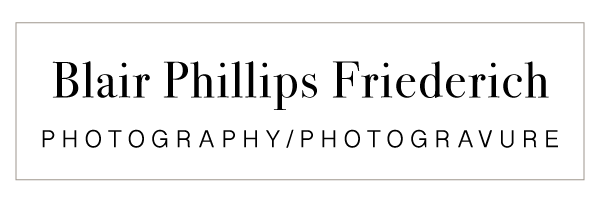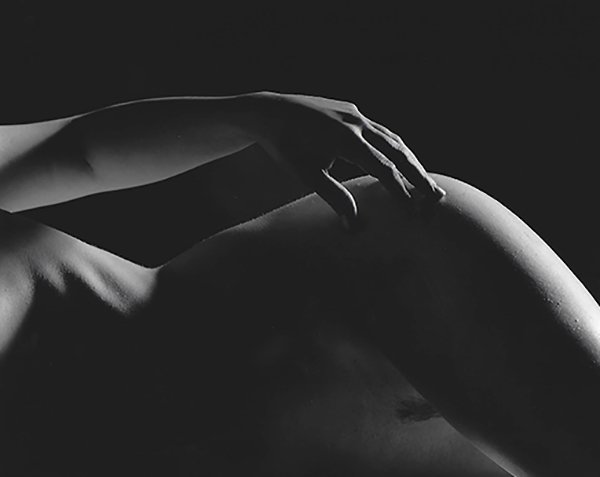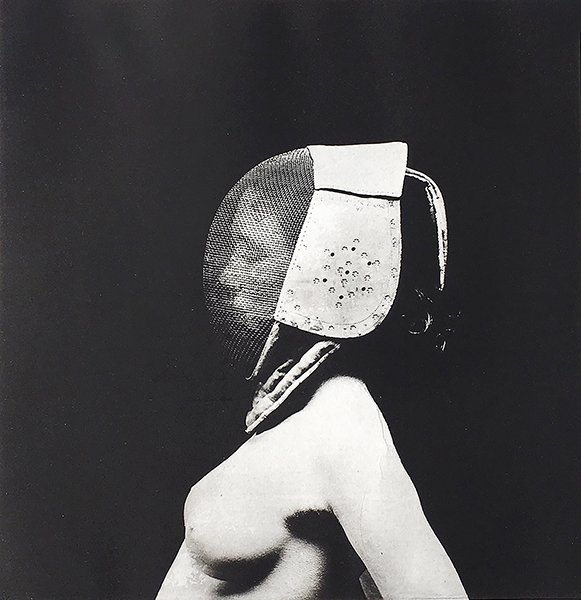About
“Blair’s work could have been shot 20 years ago or last week. I like the element of timelessness.”
The Process
SILVER GELATIN PRINTS
I have been photographing with black and white film for over 40 years. My first cameras were standard 35 mm and along the way I was drawn into the medium format field. Some of my favorite images were taken with a Yashica 330 that you would hang around your neck and look down into the view finder. I now use a Mamiya RZ 67 for most of my studio work and a much more portable and lighter-weight Bronica for out-of-the-studio work and travel.
Most of my work is studio based including figure studies and portraits, which reflect a minimalist or reductivism aesthetic and which eliminates as much unnnecessary context as possible. I remain committed to the wet darkroom with its familiar smells and quiet intimacy. Large double weight fiber-based prints with the irregularities of hand made objects continue to fascinate me after all these years. Many of the prints are toned in selenium for archival purposes and the process is stopped before noticeable changes appear in the print. The selenium highlights the blacks and adds clarity to the shadows.
POLYMER PHOTOGRAVURE
Many years ago, I saw two large photogravure prints in a gallery in the emerging Chelsea district of lower Manhattan made by Aaron Siskind. From a distance I thought they might be Robert Motherwell prints and wondered why they were in a photography gallery specializing in alternative processes. They were images of his road drippings and to me were some of the most beautiful images I had ever seen. The gallery was not showing the prints with glass so you could really admire the texture of the intaglio print. You wanted to pet it! After a long exploratory journey I discovered the polymer plate that replaced the old copper plates etched with nitric acid with the new steel plates that are etched with UV light and washed out in water.
I have been going through my collection of negatives produced over the last 40 years and selecting images that I feel could benefit from the photogravure process. Abstracts seem to be natural for the process. I have also enjoyed printing some of my nude work and have just added some of those images to my website. The reductive or minimalist nature of the work with high contrast and relatively "clean" images seem to transfer well to the intaglio print.
Like the silver gelatin process, the polymer photogravure process shares multiple steps in preparing the image. Test prints are necessary in both processes while trying to find the sweet spot of a perfect black/white contrast. The gravure may not always have the bright lines that can be developed with medium format film and the silver gelatin print, although I find the prints softer with more texture in the image. While most printing, including silver gelatin, rests on the surface of the chosen paper, the polymer photogravure process presses the paper down into the etched surfaces under very heavy pressure and the ink is pulled up into the paper. The image literally becomes part of the paper itself. Available in a wide variety of intaglio printing papers are available from around the world and numerous inks are available in wide tonal range. I have found no end to the variables.
The silver gelatin and photogravure processes have much in common beginning with images captured on film followed by multiple exposure tests and then final printing. In between is the selection of developers, inks and papers, and many judgements on cropping, placing the corners and other efforts to achieve the targeted aesthetic.



